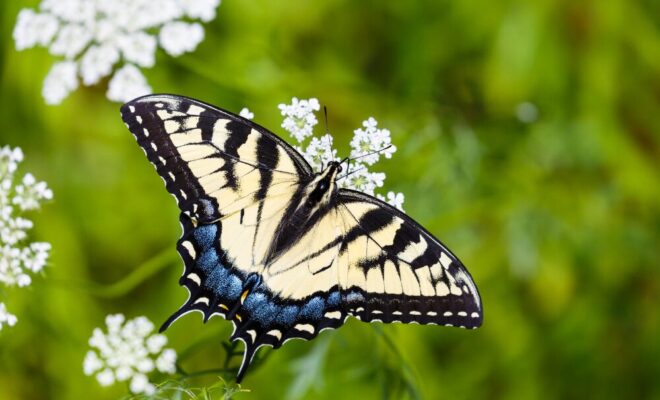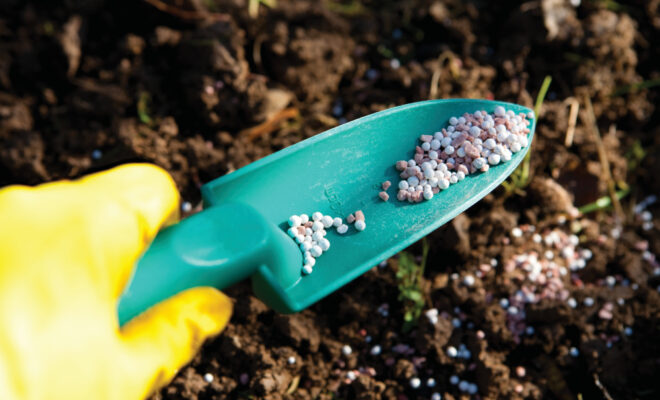Invasive or Aggressive? What Homeowners Need to Know About These Types of Plants
By Jan Phipps |
When it comes to plants, is there a difference between invasive and aggressive plants? Oh yes, a difference definitely exists. In my simplified explanation, an aggressive plant will spread quickly in its immediate environment – your yard. An invasive plant moves down the street and around the corner, where you lose any control.
According to presidential executive order 13112, issued in 1999, an invasive plant meets two criteria: First, it is nonnative to the ecosystem under consideration, and second, its introduction causes or is likely to cause economic or environmental damage or harm to human health.
Gardeners often look for aggressive spreaders when wanting to fill in an empty spot without having to spend a lot of money. They grow fast and cover the area. Some herbs self-seed abundantly. The first year, a couple of plants are growing nicely. The second year, the patch covers four times as much area. Dill and mint come to mind.
See more: 7 Pollinators to Help Your Garden Grow
Some perennials spread aggressively, often overtaking and swallowing their neighbors. Gooseneck loosestrife triples in size every year, stealthily spreading underground. Oenothera advances on its fellow perennials, maybe doubling in size during a growing season. You probably know the yellow form as sundrops and the pink species as evening primrose.
Many ground covers grow aggressively, but isn’t that why we choose them? We need something to, well, cover the ground, denying weeds any sun.
Invasive plants pose a threat not just to your yard but to the environment. As a non-native, they force out what historically grew in that area, impacting the animals and insects that depend on them. They spread out of cultivated areas into the wild, making them even harder to control. Kudzu, in the South, exemplifies the destruction caused by an invasive plant. In the North, purple loosestrife invades wetlands, shorelines and roadside ditches, having a detrimental impact on wildlife and native plants.
Thankfully, it’s becoming harder to plant invasive species, since selling them breaks the law. Check your local Extension office or go online for a list of invasive plants in Illinois.
As homeowners, why do we need to know the difference between aggressive and invasive plants? By planting an invasive plant, you risk causing a significant, even unalterable, change to the local environment. On the other hand, planting an aggressive grower only causes a potential problem for your garden – a problem controllable with a little extra work.
My perennials need to be divided and transplanted. Is spring or fall best? Either works fine for most perennials, as long as you give them extra care until they get established in their new home. To protect the bloom time, transplant fall-blooming perennials in the spring and spring bloomers in the fall. Fall or spring serves for summer bloomers. When transplanting in fall, choose early fall or late summer to give the plant time to establish some new roots before dormancy.Ask the Expert




